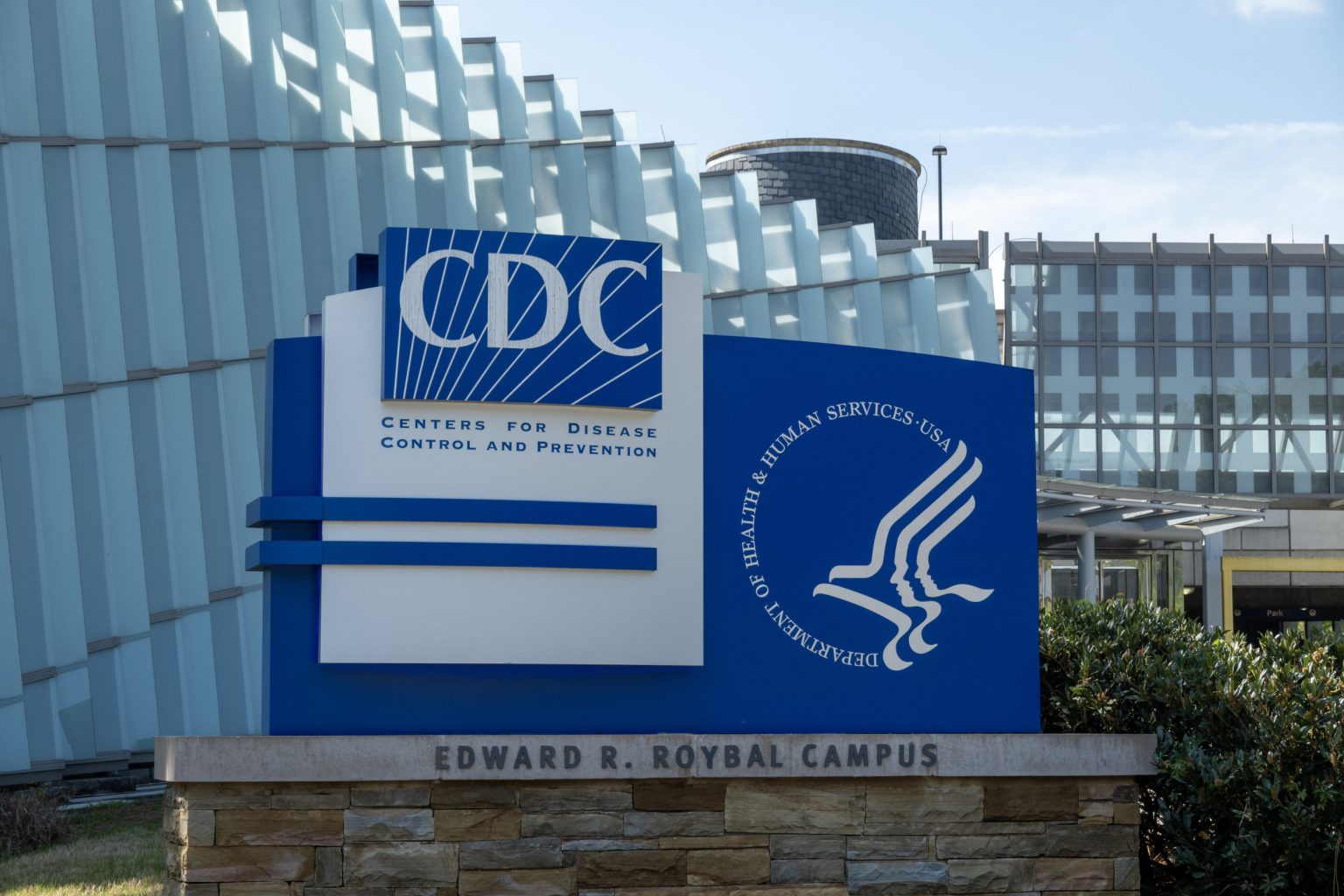The CDC is urging state and local health officials to continue monitoring for influenza cases over the summer to track any potential human infections of the H5N1 virus, commonly known as bird flu. This recommendation is part of an effort to maintain a heightened awareness of influenza transmission during the summer season, particularly in light of an outbreak of the H5N1 virus in poultry and dairy cattle in the United States. Local health officials are encouraged to work with laboratories to increase submissions of positive flu virus samples for subtyping to distinguish between common seasonal flu viruses and novel viruses like H5N1.
Recent cases of human H5N1 infections in the United States, including a dairy farm worker in Texas, have raised concerns about the potential for a wider outbreak of the virus. The CDC has reported over 90 million cases of the H5N1 virus in wild aquatic birds, poultry, and backyard flocks since January 2022, with reports of transmission to dairy cattle as well. While there have been no reported cases of human-to-human transmission of the virus, there is still a risk of infection for those working with birds or livestock. The CDC has issued health alerts and recommendations for using personal protective equipment to lower the risk of H5N1 infection.
The meeting between the CDC and various health organizations emphasized the importance of continued surveillance and monitoring for influenza cases to track any potential instances of the H5N1 virus among the population. With only two known cases of human H5N1 infections in the United States so far, the focus is on early detection and prevention to avoid a potential epidemic or pandemic. The CDC is working closely with state and local health officials, as well as laboratories and public health organizations, to enhance flu surveillance programs and maintain a high level of vigilance during the summer season.
The World Health Organization has reported a total of 889 human cases of bird flu infections across 23 countries from 2003 to April 2024, with a 52 percent fatality rate. The CDC’s efforts to track and monitor potential cases of H5N1 in the United States are part of a global effort to prevent the spread of the virus and protect public health. While the risk of infection to the general public is currently low, the CDC is taking proactive measures to prevent any potential outbreaks and ensure early detection of any cases of bird flu among the population.
Overall, the CDC’s recommendations for continuing influenza testing and surveillance over the summer highlight the importance of early detection and prevention of the H5N1 virus in the United States. With the recent cases of human infections in Texas and Colorado, the focus is on maintaining a heightened awareness of influenza transmission and working collaboratively with state and local health officials to track any potential cases of the virus. By staying vigilant and proactive in monitoring for influenza cases, the CDC aims to prevent any potential outbreaks and protect public health during the summer season.


